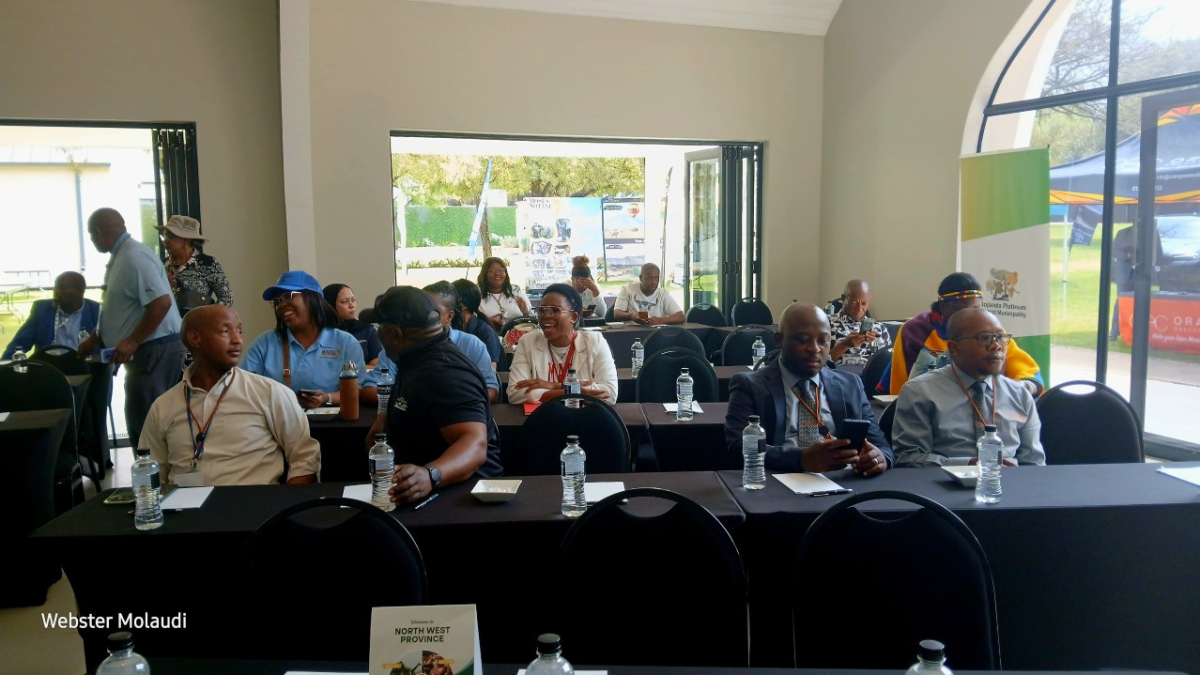At the Coastal and Waterways Tourism Investment Summit, the Deputy Minister of Tourism, Hon. Makhotso Magdeline Sotyu, urged stakeholders to come together to unlock the full potential of South Africa’s inland waterways.
Citing the neglected Gariep Dam as an example, she highlighted the opportunity for stakeholders to collaborate in developing luxury eco-lodges and sustainable water-based tourism hubs. “With South Africa hosting the G20 for the first time, the world will be watching. When global leaders visit, from presidents to business delegations, they will look at our infrastructure and our capacity to host. That is why we must build facilities that not only serve visitors but also strengthen our local economies,” she said.
The Deputy Minister further emphasized the importance of youth empowerment, noting that many young South Africans are already training in skills such as foreign languages, including Mandarin, so that international delegates can engage without the need for translators. “These are the kinds of initiatives we are investing in with stakeholders — creating skills, opportunities, and pathways for the next generation to participate meaningfully in tourism,” she said.
Infrastructure and Safety Challenges
Stakeholders also raised critical concerns about infrastructure. Christopher Thai, CEO of Mankwe Game Trackers, called for the acceleration of road upgrades along the R54, which has been under construction for two years. “Every delay affects job creation and restricts access to key tourism sites,” he said.
The R516 road was also highlighted as a long-standing concern. Years of informal speed bumps have created safety risks, with the area now a crime hotspot. As a result, many tourists take the N4, which is longer but perceived as safer. However, reports of hijackings on these routes pose a serious threat to visitor confidence. Stakeholders urged the Department of Transport and law enforcement to prioritize safe, efficient road networks to ensure tourism sustainability.
“Government must help ensure that when we welcome guests, we welcome them to a safe environment,” one delegate noted.
Harnessing Natural Assets for Tourism Growth
The summit also drew attention to underutilized natural assets. Dorothy Queiros from UNISA highlighted the Hennops River and Hiking Trail — a popular natural site near Johannesburg and Pretoria with features like suspension bridges, a cable car, and historic landmarks. However, ongoing pollution of the Hennops River threatens its potential. She called on government and stakeholders to prioritize rehabilitation and sustainable management of this asset.
Similarly, Dion, owner of The Alba Boat Cruises in Hartbeespoort, appealed to the Department of Tourism to simplify the permitting process for boating and water-based activities. He stressed that streamlined processes would not only grow businesses but also create jobs, empower youth, and encourage pride in tourism entrepreneurship.
Unity as a Catalyst for Growth
A recurring theme at the summit was the importance of unity in business. Delegates stressed that when government, private sector, academia, and communities work together, they can:
- Accelerate infrastructure development, ensuring safe, reliable access for tourists.
- Unlock investment opportunities, from eco-lodges to water sports and cultural tourism.
- Empower youth, equipping them with the skills to thrive in a growing Blue Economy.
- Preserve natural assets, balancing economic growth with environmental sustainability.
As one stakeholder summarized: “Tourism is not just about leisure. It’s about unity, opportunity, and creating an economy that benefits our children and their children’s children.”
The discussions underscored a clear message: inland waterways, if properly developed and managed, have the potential to transform South Africa’s tourism landscape, creating ripple effects of growth across local economies.

